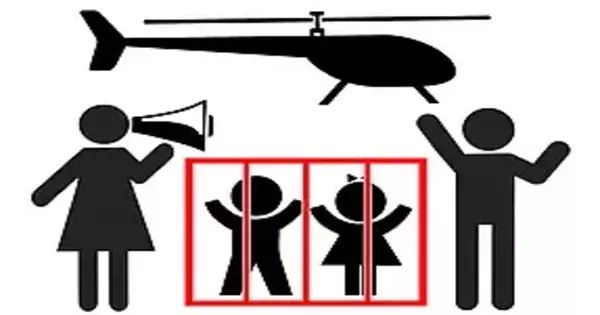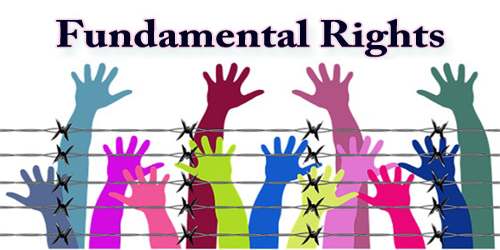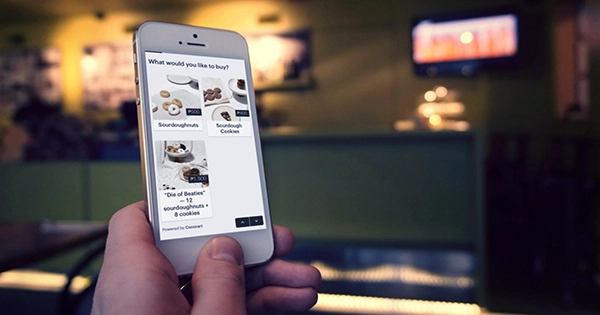Protective parenting refers to a style of parenting where the primary focus is on keeping the child safe and protected from harm. This can involve a variety of different strategies, such as closely monitoring the child’s activities, limiting their exposure to potentially dangerous situations, and being highly involved in their daily lives.
Parenting, also known as child rearing, promotes and supports a child’s physical, emotional, social, spiritual, and intellectual development from infancy to adulthood. Parenting refers to the complexities of raising a child and is not limited to a biological relationship.
While protective parenting can be beneficial in some ways, such as ensuring the child’s physical safety, it can also have some downsides. For example, it can lead to overprotectiveness and a lack of independence in the child, as well as a higher risk of anxiety and other mental health issues.
Social class, wealth, culture, and income all have a significant impact on how parents raise their children. Cultural values influence how a parent raises their child. Parenting, on the other hand, is constantly evolving as times, cultural practices, social norms, and traditions change. Studies on these factors influencing parenting decisions have revealed exactly that. According to the parental investment theory, basic differences in parental investment between males and females have great adaptive significance and lead to gender differences in mating propensities and preferences.
Here are some tips for practicing protective parenting:
- Set clear rules and boundaries: Children thrive with structure and clear expectations. Make sure your child knows what is expected of them, and what the consequences will be if they break the rules.
- Monitor your child’s behavior: Pay attention to what your child is doing, who they are with, and where they are going. Know their friends and their friend’s parents. Be involved in your child’s activities and interests.
- Be supportive: Provide your child with emotional support and be there for them when they need it. Encourage them to talk to you about their problems and concerns.
- Teach your child safety skills: Teach your child how to protect themselves in different situations, such as crossing the street or dealing with strangers.
- Be a role model: Model the behavior you want your child to emulate. Show them how to communicate effectively, manage emotions, and problem-solve.
It’s important for parents to find a balance between protecting their child and allowing them to explore and learn on their own. This can involve gradually increasing their independence as they grow older, providing opportunities for them to take calculated risks, and teaching them skills to keep themselves safe in various situations. Additionally, parents can provide emotional support and open communication to help their child feel secure and confident in navigating the world around them.
















